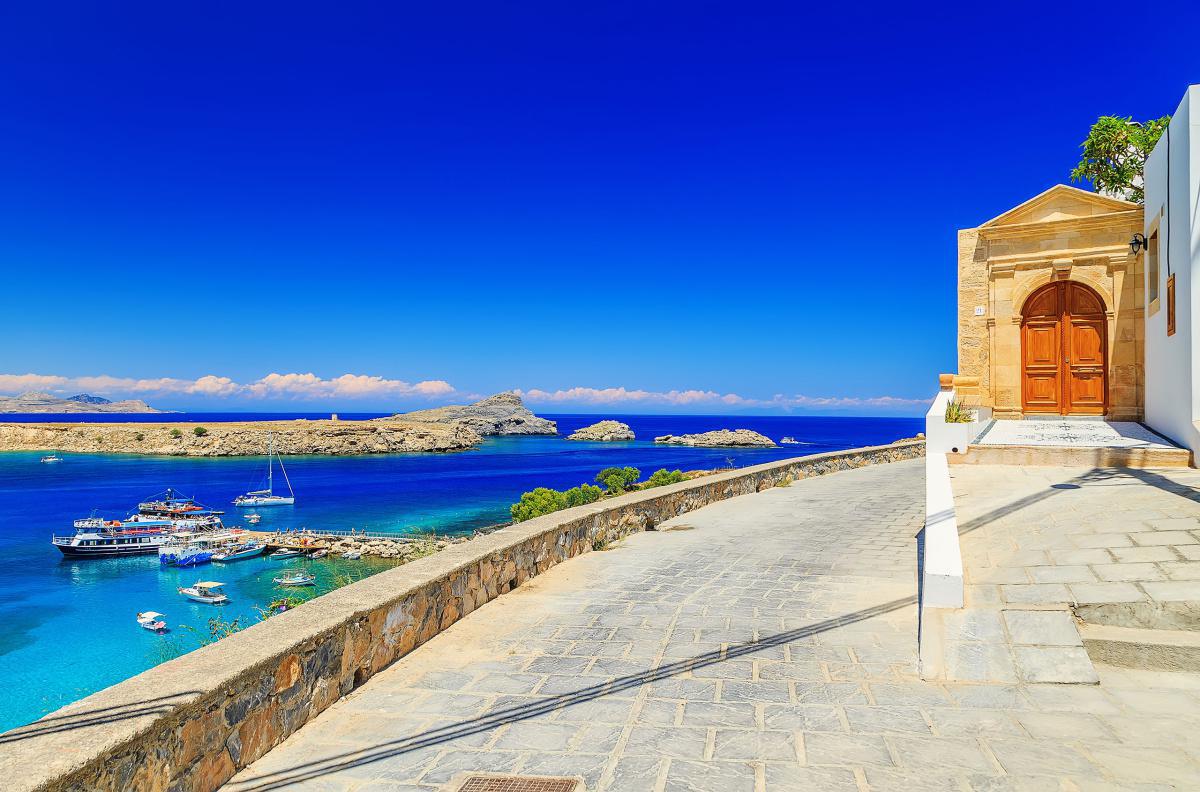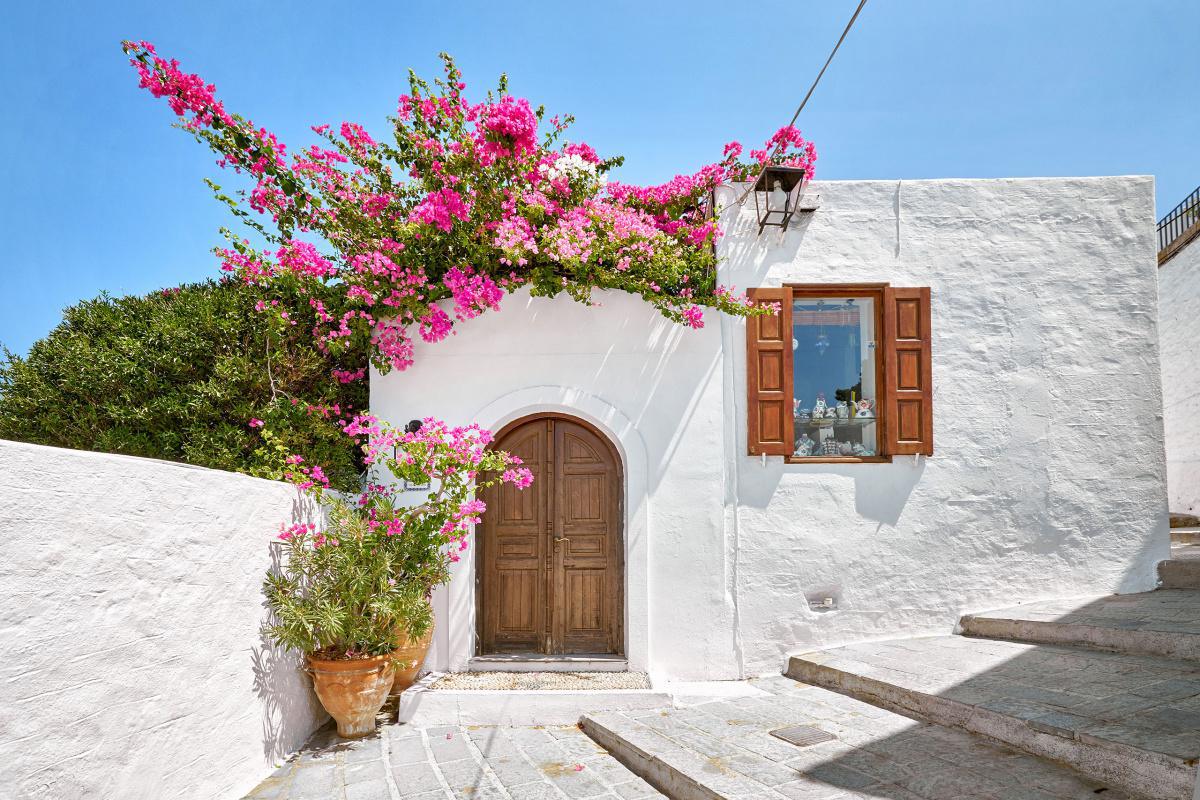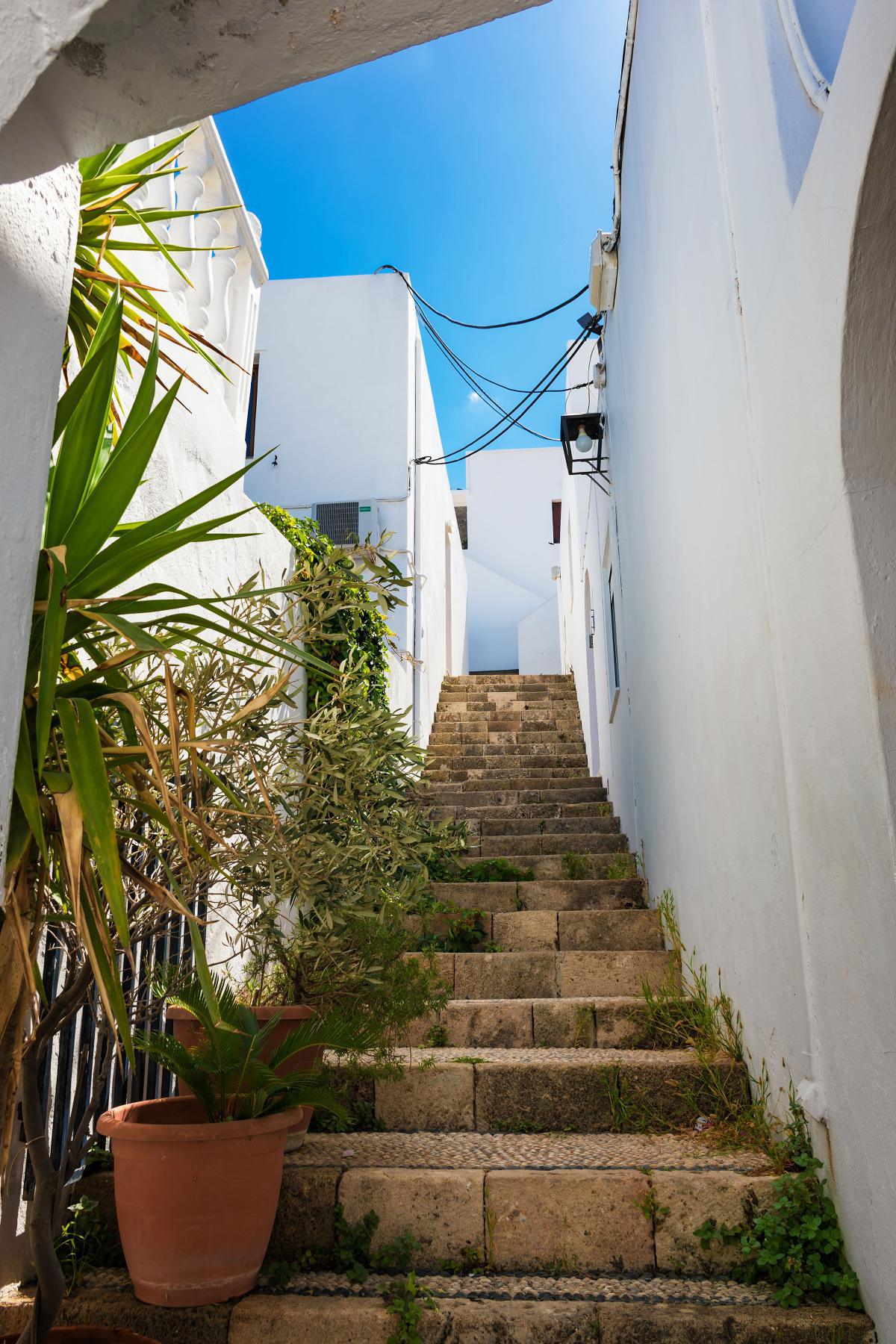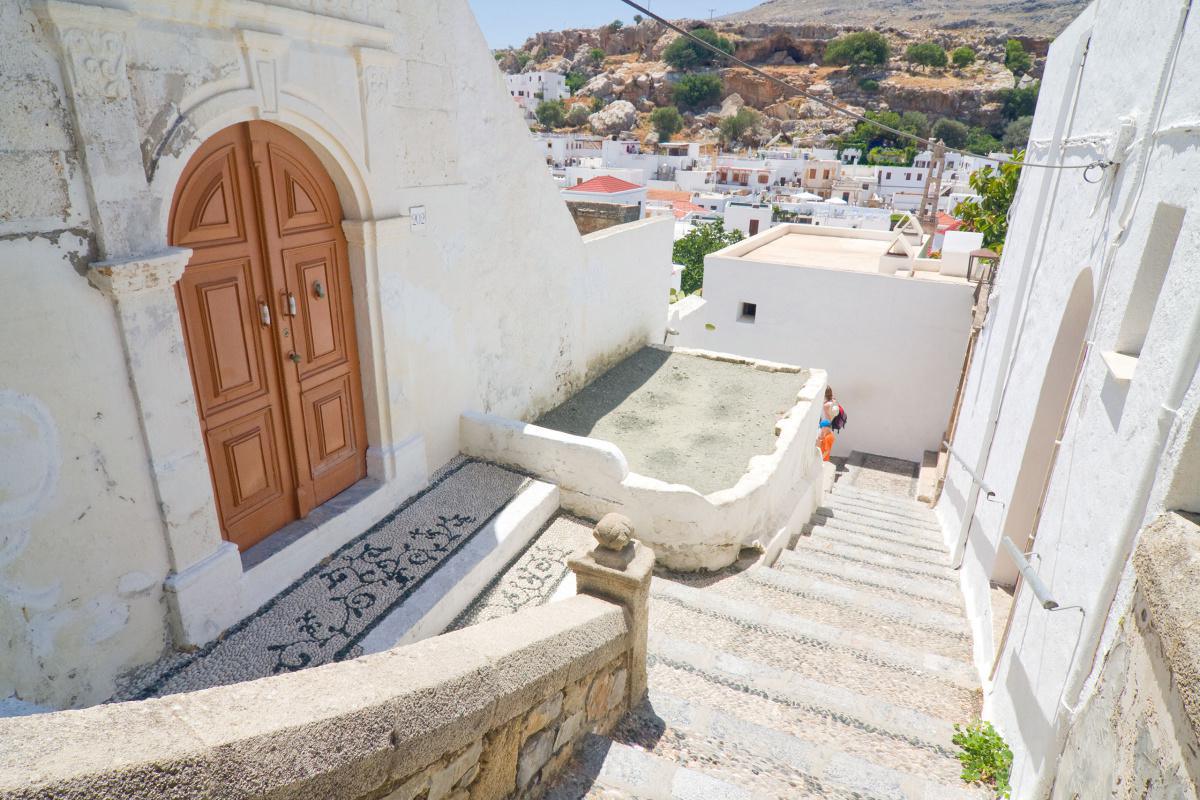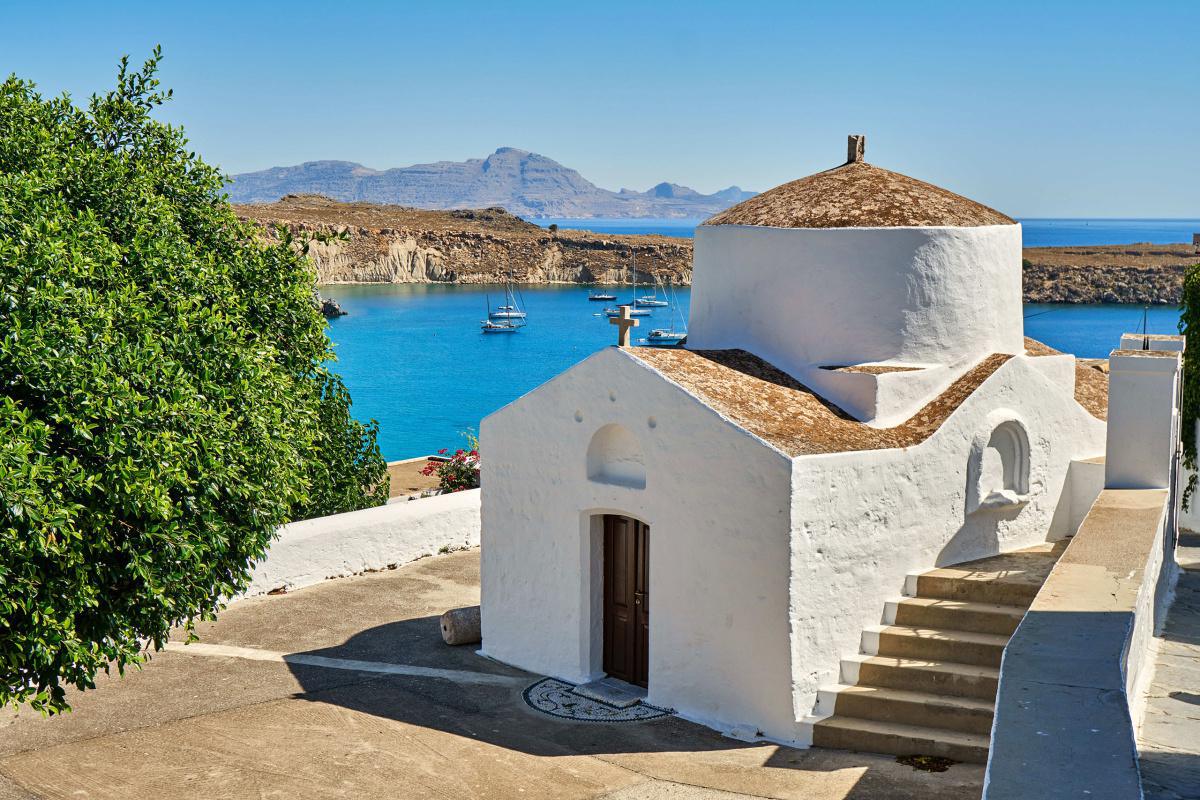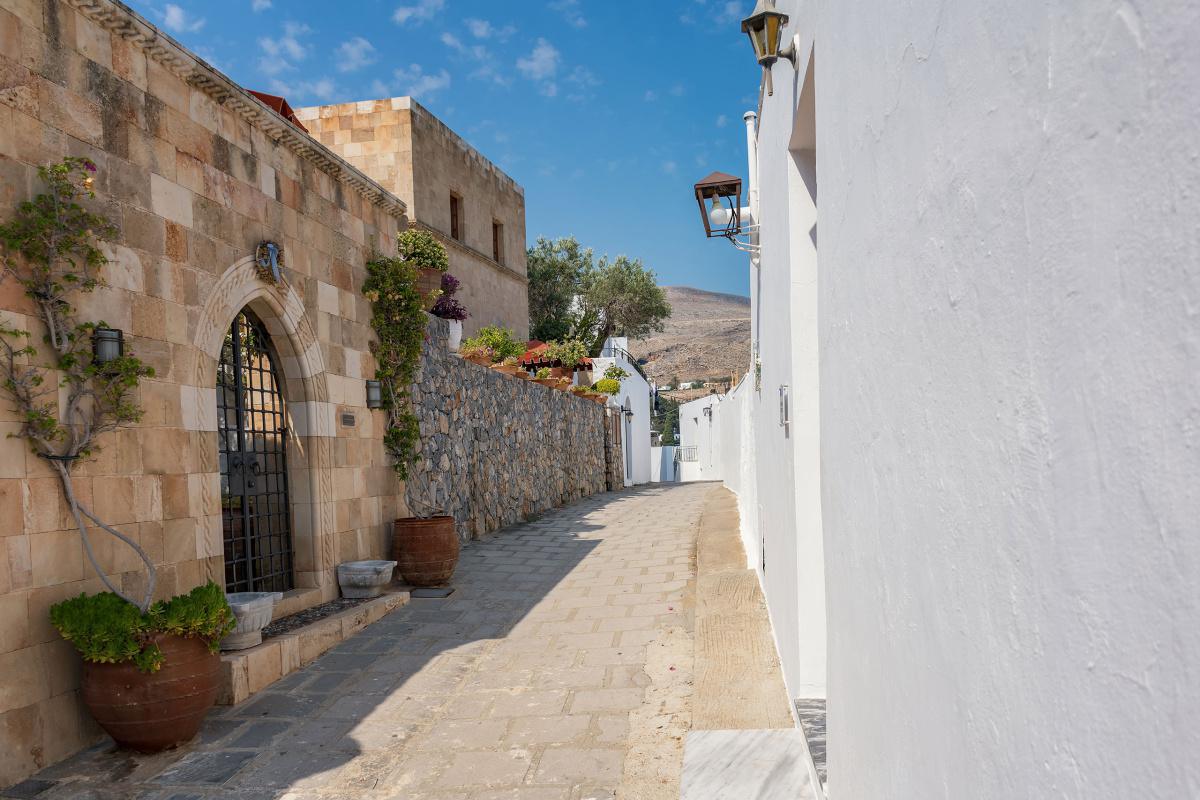Comments
Lindos Village
Lindos Rhodes GR
The “jewel” of Rhodes
The ancient city state of Lindos experienced great naval and cultural prosperity. Home of the savant ruler Cleovulus, it was admired for its wealth, beauty and strategic position. Lindos has been home to great artists, such as Chares, designer and sculptor of the Colossus of Rhodes, Lysippus, Pythokritos son of Timocharios, who along with Athinodoros and Agisandros created the Nike of Samothrace and the Laocoon Group, as well as to the historiographer Evagoras of Lindos, Timachidas, author of the famous Chronicle of Lindos and the poet Cleobuline.
Upon reaching Lindos, one may admire the panorama of the village from afar, but the view is equally captivating from the sea, reserved to those visiting Lindos on a day cruise setting out from Mandraki harbour of Rhodes.
The traditional village, with its whitewashed houses, the mansions of the ship masters, its Byzantine churches and cobblestone streets, lie at the foot of the Acropolis.
Following the path through the village or hiring a donkey from the square, one may ascend all the way up the ancient Acropolis.
The Acropolis of Lindos rises imposingly on a 116 meter cliff, surrounded by powerful walls, like a podium overlooking the sea. At its top stand the ruins of the temple of Athena Lindia of the 4th century B.C., the Propylaea, the great Hellenistic Stoa and the Byzantine church of St. John. At the foothill of the Acropolis, a unique relief trireme of the 2nd century BC, is engraved on the rock.
During the rule of the Knights of Saint John, castle of the Acropolis of Lindos was strengthened, while the city’s maritime prosperity continued until the 19th century.
The ancient city state of Lindos, protected by its strong acropolis, was a major maritime power and experienced a significant cultural growth.
Lindos was the birth place of the wise tyrant Kleoboulos, and was admired for its wealth, beauty and strategic position. During the period of the Knights its fortress was reinforced and its maritime importance continued into the 19th century. Before reaching Lindos, you can marvel from afar at the panoramic view of the town.
The view is just as wonderful from the sea, if you should decide upon a day trip there, setting off from Rhodes town’s Mandraki harbour.
Traditional Lindos, with its white houses, ship owners’ mansions, Byzantine churches, and cobbled narrow lanes, lies at the foot of the rocky acropolis. By taking one of these narrow lanes through the town, or by hiring a donkey from the main square, you can ascend to the ancient acropolis that stands dominating the village, surrounded by its strong walls.
The ancient Byzantine and Knights’ remains, as well as the astonishing views over the town and sea, make a visit to the acropolis a must. On the town beach, or at Saint Paul’s bay, you can relax in the azure sea or join in the water sports. There are numerous shops, restaurants and night clubs catering for all visitors.
Some of the sights close to Lindos include: Kalathos, with Vlicha’s sandy beach and modern hotel complexes,Pylona’s famous church of Panagia Kira, Pefkos, an expanding resort with a long shoreline, Lardos, with its beach, quiet Glystra bay, and traditional tavernas.
The monastery of the Archangel Michael at Thari, close to the village of Laerma, is especially interesting.
The traditional architectural style and decoration of the houses in Lindos continue to impress the visitor.
The magnificent entrances open on to flower filled courtyards, their floors decorated with black and white pebbles in elaborate designs complementing their surroundings perfectly.


